Desert plants refer to plants that can survive under desert environmental conditions. The desert, which has a harsh environment and is rarely visited by humans, always gives people a special feeling compared to most other barren areas. Walking in the desert, you may inadvertently see some strange flowers, shrubs, or big trees. You must believe that there is no more resilient and magnificent life on Earth than them. Strong vitality, giving people hope
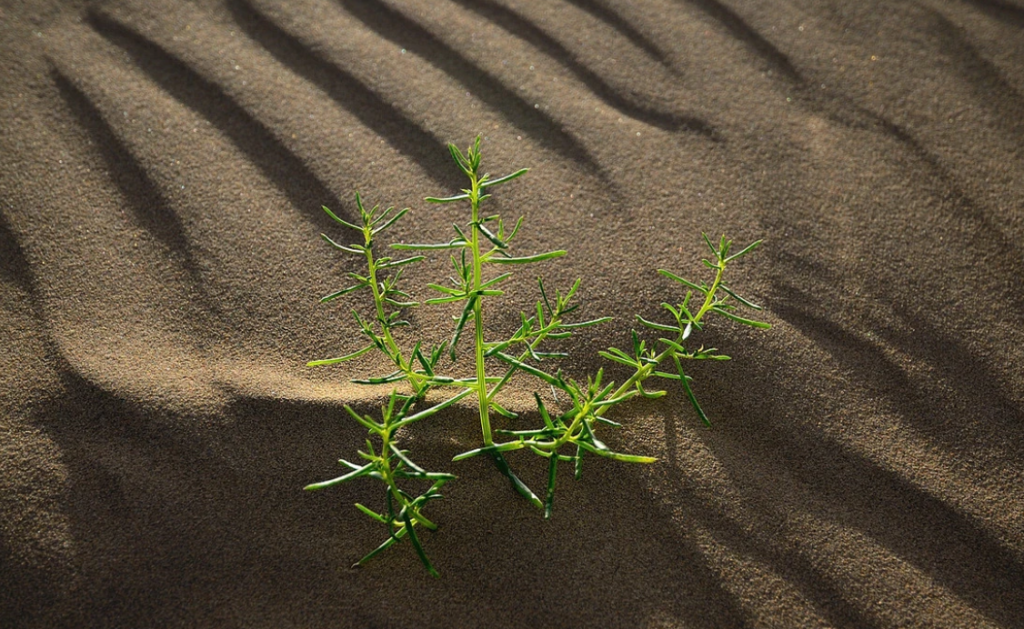
brief introduction
Plants living in the desert are known as “sand plants”, and their vitality is astonishing. They have long survived in hot and dry natural environments, with sandstorms and scarce rainfall. Their tenacious vitality is astonishing. Desert plants (3 photos) Due to the dry climate, drastic changes in temperature, strong winds and sand, and strong sunlight in desert areas, plants growing in this environment greatly reduce their leaf area in order to reduce transpiration and photosynthesis water consumption, and some even completely degrade. The leaves of a cactus are completely needle like; The small leaves on the stems and branches of red sand degenerate into cylindrical shapes; The leaves of the Haloxylon ammodendron and the red willow have formed scales; Scaly leaves can reduce transpiration water consumption; Meaty leaves can store a large amount of water; Those white hairs can protect the leaves from the threat of high temperature and strong light; The leaves of Populus euphratica are even more unique, with over 40 different leaf shapes on a single tree, and even 5 different shaped leaves growing on the same branch. These diverse leaf shapes are quite beneficial for adapting to the arid and hot environment of the desert. Due to factors such as lack of water and nutrients, strong winds, and strong sunlight, the growth of aboveground parts of desert plants is restricted. Many plants are relatively low and some of their branches harden, such as wood spindles and camel thorns. Some stems and branches have a smooth layer of white wax on them, such as jujube and white thorns. This wax can reflect light and prevent excessive transpiration caused by increased plant temperature. Sand plants, due to leaf degeneration, rely on green branches for photosynthesis, such as shuttle and flower sticks. Plants growing in the desert can withstand sandstorms and burial. For example, the branches of plants such as red willow and Artemisia annua can grow adventitious roots after being buried in sand to block quicksand. After wind erosion, many roots of white thorns are exposed to the outside, and the white thorns formed by the growth of unstable roots can accumulate sand piles ranging from a few cubic meters to thousands of cubic meters. Cactus, known as the “Desert Hero Flower,” survive in arid deserts and have an amazing ability to tolerate drought due to its special ability to store water. Its leaves degenerate into needle like structures, greatly reducing water evaporation
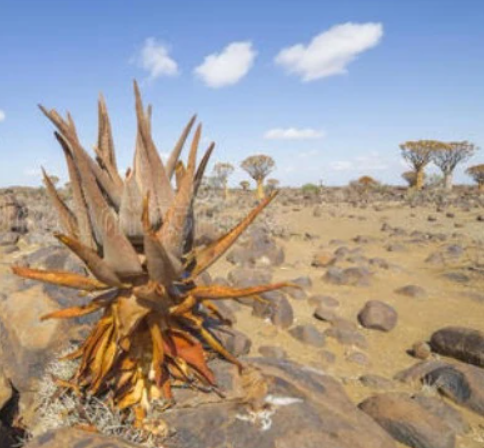
Morphological features
Desert plants belong to deep rooted plants, usually with well-developed root systems and needle like leaves. The most important thing is that their drought resistance is different from ordinary plants.

Main categories
Cistanche deserticola, rhinoceros horn, aloe vera, Peruvian Tianlun pillar, Mongolian sand holly, pipe flower Cistanche, green bell, golden amber, red skinned sand cane jujube, raw stone flower, middle golden pheasant, salt borne Cistanche deserticola, cactus, white thorn, soaked fruit sand cane jujube, giant pillar, swollen fruit licorice, single stick tree, flower stick, Xinjiang sand holly, Hexi chrysanthemum, short spike willow, purple stem willow, sea buckthorn, spotted brocade variation, long spike willow, sand onion, white hemp, desert rose, Apocynum, Populus euphratica, Haloxylon ammodendron, naked fruit wood, spotted rhinoceros horn, camel thorn strange willow, Baqi Buddha Belly Tree, Starfish Flower, Bangchui Tree, Salt Grass, Red Willow, Jiji Grass, Sand Reed, Sand Date, Revival Grass

Desert plant characteristics
Originating from arid or semi-arid regions, they often have the characteristic of dormancy during the dry season. When the rainy season arrives, they quickly absorb water and regrow, opening up beautiful flowers.
Their leaves mutate into slender thorns or white hairs, which can weaken the harm of strong sunlight to plants, reduce water evaporation, and also allow moisture to continuously accumulate and condense into water droplets, which can be absorbed by shallow root systems on the ground; The stems become thick and plump, with ribs that allow their bodies to stretch and contract freely. When there is more water in their bodies, they can quickly expand, and when there is drought or lack of water, they can contract inward, which not only protects the plant epidermis but also has a cooling effect.
The pores open at night and close during the day to reduce water loss. Most of the stems turn green, replacing leaves for photosynthesis and making food. Usually, the root system is well-developed and has strong water absorption ability. It is precisely these morphological and physiological characteristics that endow cactus plants with astonishing drought resistance.
Desert plant species
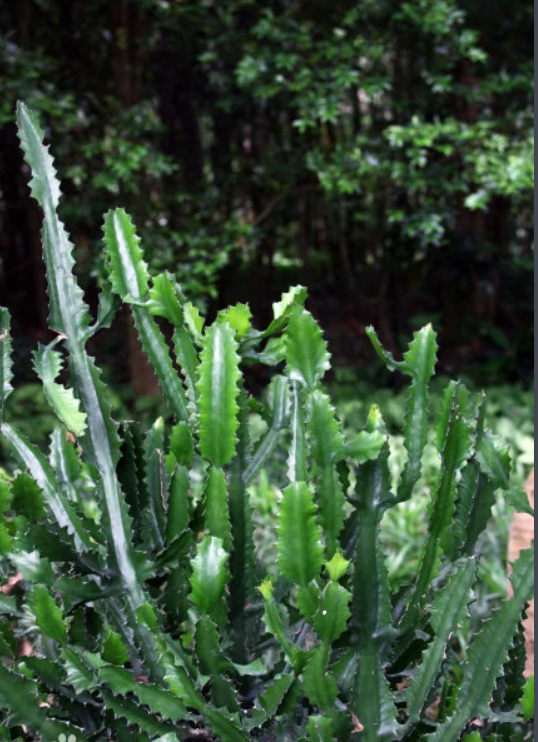
The broad definition of succulent plants (also known as succulent plants) includes some plants from over 50 families, including the cactus family, the apricot family and the Sedum family, the Euphorbiaceae family, the Asclepiadaceae family, and the lily family. Most of them are native to tropical and subtropical arid regions. The stems and leaves of plants are thick and juicy, with developed water storage tissues. There are over 10000 species of succulent plants worldwide.
There are hundreds of succulent plants in the Euphorbiaceae family, all of which contain toxic white milk and can extract effective medicinal ingredients. They are also energy materials for extracting hydrocarbons. The family Apocynaceae, mainly distributed in the dry hot gravel wastelands of South Africa and Namibia, consists of nearly 2000 species of succulent plants. The high degree of leaf fleshy transformation is a common feature, and flowers such as the stone flower and the dew seed flower belong to the family Apocynaceae.
The succulent plants of the Sedum family have a wide distribution range, including lotus palms, kale, tilapia, Sedum, and Qingsuolong, which are not only rich in color but also have beautiful postures, making them important ornamental plants. There are 8-10 genera of plants in the agave family, all of which are succulent plants. Among them, the genus Tequila native to the Americas and the genus Yucca native to Mexico and the West Indies are important fibers and highly corrosion-resistant plants; There are also some types that are raw materials for brewing and have high economic value.
Key plants
Single stick tree, Buddha belly tree, centenary orchid, aloe vera, golden amber, Peruvian Tianlun pillar, raw stone flower, giant pillar, spotted brocade variation, sea buckthorn.
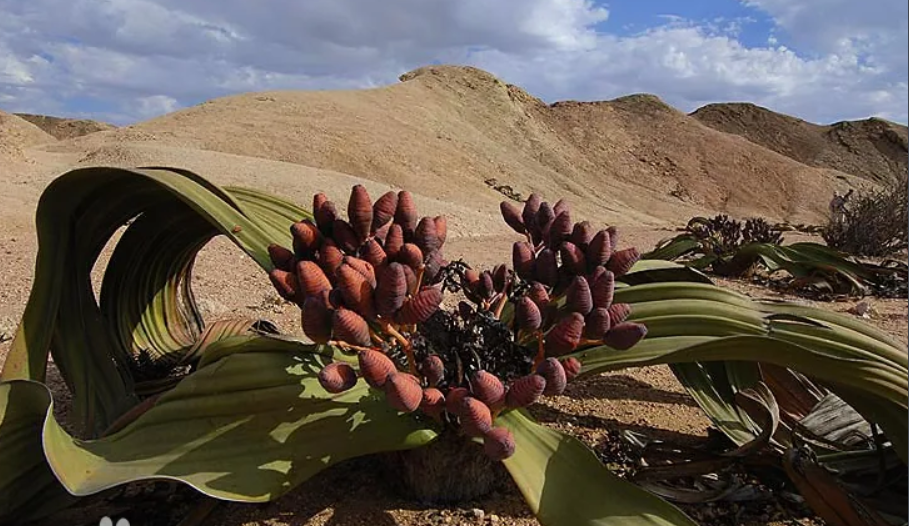
Growth habits
It often has fleshy stems, strong water storage capacity, leaves degenerate like cacti, strong vitality, and developed root systems.
geography
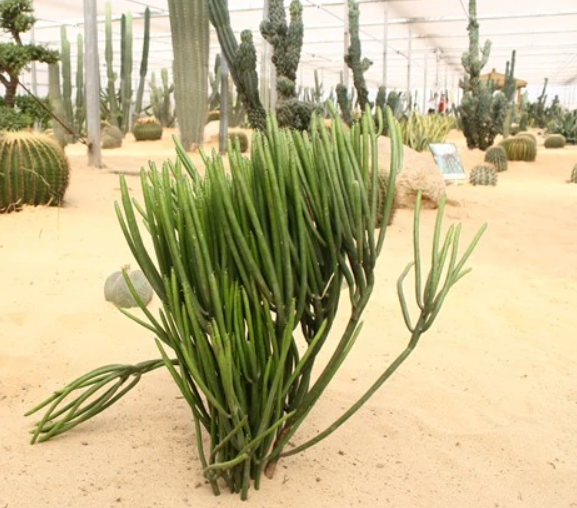
Geographical distribution;
Desert plants (3 photos) are distributed all over the world
